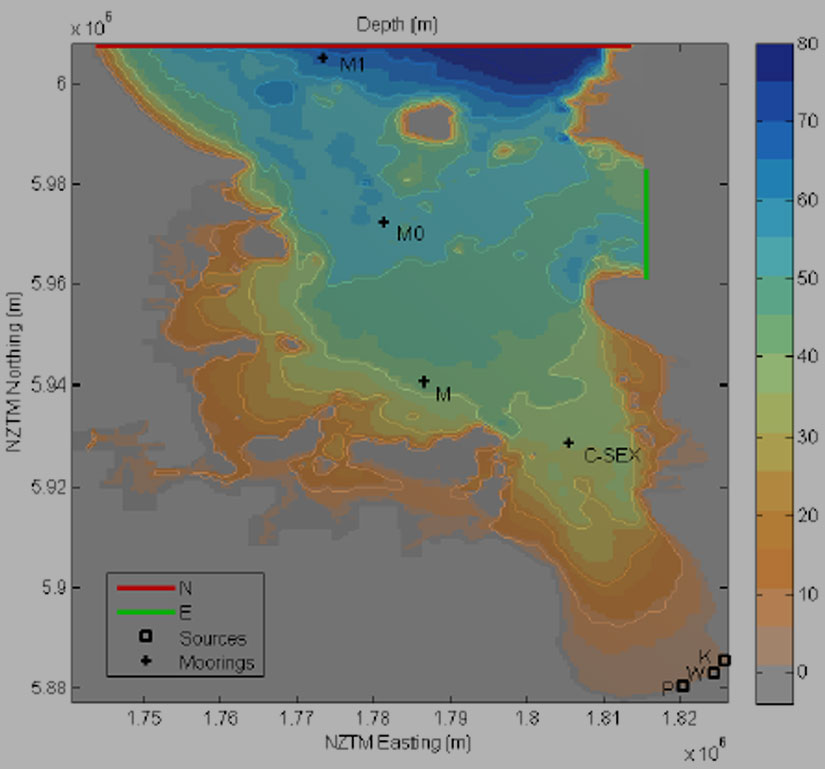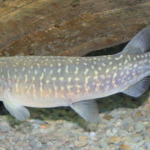Water quality and ecosystem health in the Firth of Thames is examined in a new report commissioned by Waikato Regional Council and Dairy NZ.
The NIWA report concludes that the Firth has shifted trophic state – from oligotrophic to mesotrophic – since deforestation of the Coromandel ranges and drainage of the Hauraki Plains over the last century and a half and is vulnerable to nutrient enrichment.
Riverine nitrogen inputs are stable or have increased slowly over the past 20 years, but measurements of dissolved inorganic nitrogen in the middle of the Gulf have increased by 5.1 percent per year over the same period, suggesting changes to inputs or nitrogen cycling in the system.
Mud flats are extending ten times faster than other North Island estuaries. About 40 percent of the sediment is from rivers; the rest re-deposited sediment created by historical disturbance.
The report, and new research and monitoring resulting from it, will help inform proposed plan changes over the next few years.








